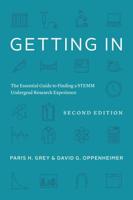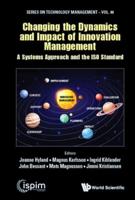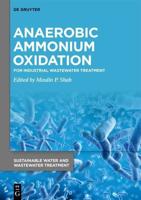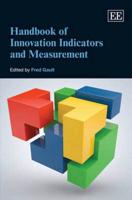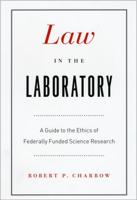Publisher's Synopsis
This report will only be available as a Pay-Per-View item.
The purpose of this research was to provide a road map for the effective use of condition and performance assessment tools and techniques by water and wastewater utilities within the context of different asset management sophistication levels. Generic approaches to assessment program design and tool selection are offered, which can be applied across a range of asset types.
The recommended approach to assessment program development draws on various protocols reviewed in the research and case study examples from leading utilities throughout the world and is aligned with the best practice concept that condition assessments should ideally be undertaken only when required to fill a specific gap in asset-related information to improve decision-making. The recommended tool selection approach uses an exclusion process in which tools are excluded on the basis of criteria relating to technical feasibility, technical suitability and utility technical capacity. Useable options must then be evaluated through economic or financial analysis such that final tool selection is made with regard to available resources, the cost-benefits accrued and utility affordability issues.
This research provides descriptions and reviews of 83 individual condition assessment tools and techniques used in the water and wastewater industry, including a discussion of principles, applications, practical considerations, advantages and limitations. A prototype expert system was developed to facilitate the selection of condition assessment tools using software systems. Such an expert system could provide a framework for updating, maintaining and distributing refinements of these tool reviews as condition assessment technologies and understanding advance in the future.


